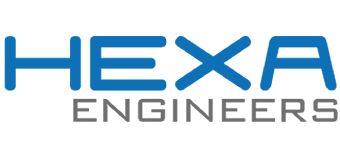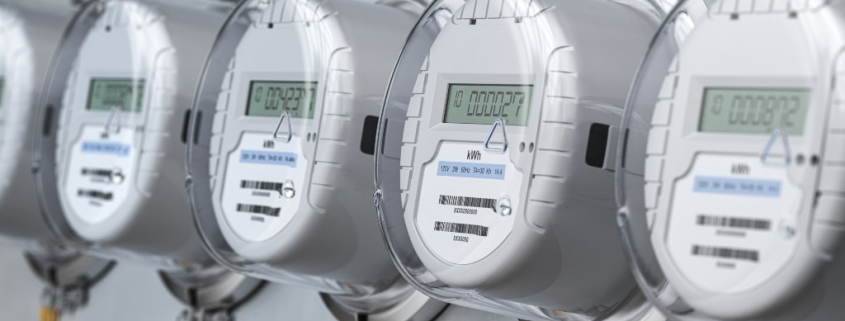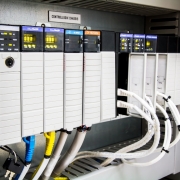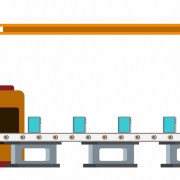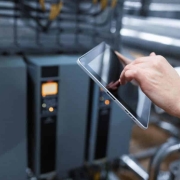Reduction of industrial energy consumption thanks to digitization
Digitalization can be defined – among dozens of options – as the innovative use of information and communication technologies, in particular the large-scale deployment of smart devices and sensors, which involve the collection and analysis of data. These and other relevant technologies such as online platforms, the Cloud, the Industrial Internet of Things, digital twins, 3D printing, robots, Artificial Intelligence or machine learning are elements of advanced manufacturing, characteristics of the fourth industrial revolution.
Digitalization offers highly skilled job opportunities and innovation, integration of renewable energy and cuts in operating costs. It optimizes operations and industrial planning, connects energy producers and users, and facilitates new business models based on the circular economy, exchange and leasing.
Digitalization and energy
In this way, digitalization contributes to changes in the design of the energy market, drives the development of factories and makes heating and cooling cheaper and more efficient. Across the global economy, strategies are shifting from using digitalization simply to cut costs and boost production, to developing revenue streams from new services and personalization.
As digitalization improves energy use efficiency, this will encourage industry to implement more energy consumption data collection systems. Taken together, there is significant evidence that energy efficiency gains from the application of advanced digital process controls can generate significant savings at minimum net cost or no cost at all.
However, given the uncertainty in the potential net effect, forecasting approaches are appropriate. It is estimated that the shift towards smart products and services will generate additional energy savings in 2050 of 5% in an efficient scenario and -11% in a less likely inefficient scenario.
Potential savings vary depending on the type of activity, management systems, culture and the degree of integration of the supply chain. There are important synergies to consider. Digital technologies facilitate other energy efficiency measures, and in turn become even more beneficial once energy efficiency has been improved. There are also a number of other benefits to consider, such as reduced operating costs, less downtime, and better product quality.
Another important benefit is that digitalization promotes the electrification of processes and, therefore, the integration of a higher proportion of renewable energies. Also, broader social benefits, such as improved air quality, must be taken into account.
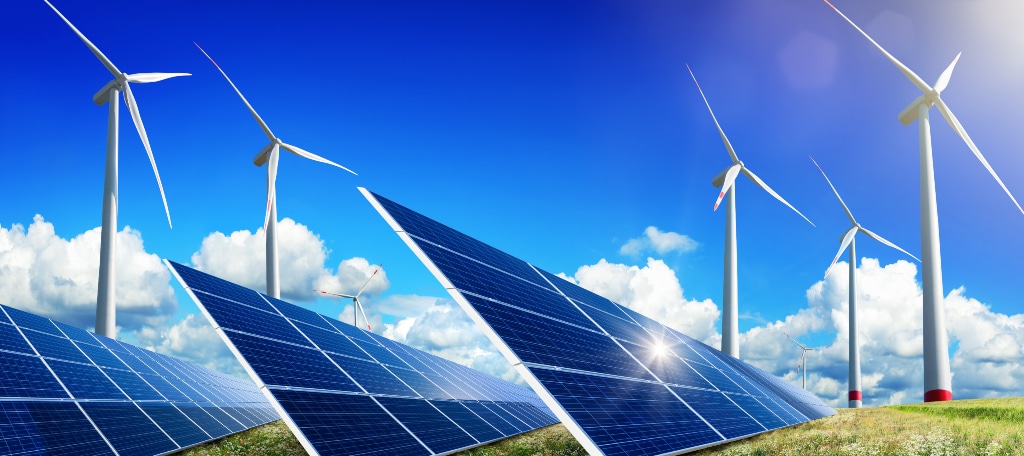
The way to follow
The principle of energy efficiency must first be applied at all stages of design and deployment, and any emerging rebound effects must be carefully monitored. On this basis, policies should encourage wide adoption of digital technologies and enable participation in demand response.
The level of digitalization and adoption of technologies varies considerably by country and company size. Public investment may be necessary to address this issue, as well as the extension of high-capacity fixed and mobile broadband to remote and less populated regions.
Furthermore, digital technologies for industrial processes must be absolutely reliable and this requires the presence of highly qualified software engineers and extensive testing. Research and development funding should be increased, including for new business models, and standardization and interoperability activities should be intensified.
Digitalization offers economic benefits through increased productivity and new jobs in advanced manufacturing and support services. However, its implementation requires careful consideration of the impact on existing jobs, particularly those that involve predictable, routine, and repetitive physical tasks.
What is already taking place
Europe has already invested € 1 billion in large-scale pilot projects of digital industry platforms through Horizon 2020, increasing cooperation between value chains and member states. Key funding opportunities in the next multiannual financial framework are the InvestEU program, Horizon Europe, Digital Europe, the Connecting Europe Facility, and the Structural and Investment Funds.
An example of an initiative in this area is the Smart Specialization Platform for Industrial Modernization, which combines smart specialization and interregional cooperation to boost industrial competitiveness and innovation. Digital Innovation Centers act as a one-stop shop by offering companies access to knowledge, methods and software, technology platforms, and testing facilities.
On the regulatory side, standards have been developed for electricity and telecommunications networks, energy management systems, data formats for electronic invoicing and digital skills. Paths that have to converge in the energy efficiency of the near future of European Industry 4.0.
European industry is embarking on a dual climate and digital transition, and there are important synergies between the two, in particular the potential for energy savings and decarbonisation. Digitalization also has the potential to alter the labor market and employment patterns. However, new policies based on a holistic understanding of the energy and digital sectors should mitigate those side effects and maximize benefits.
